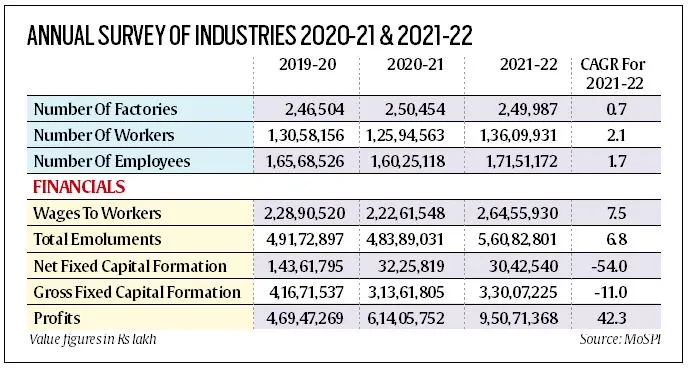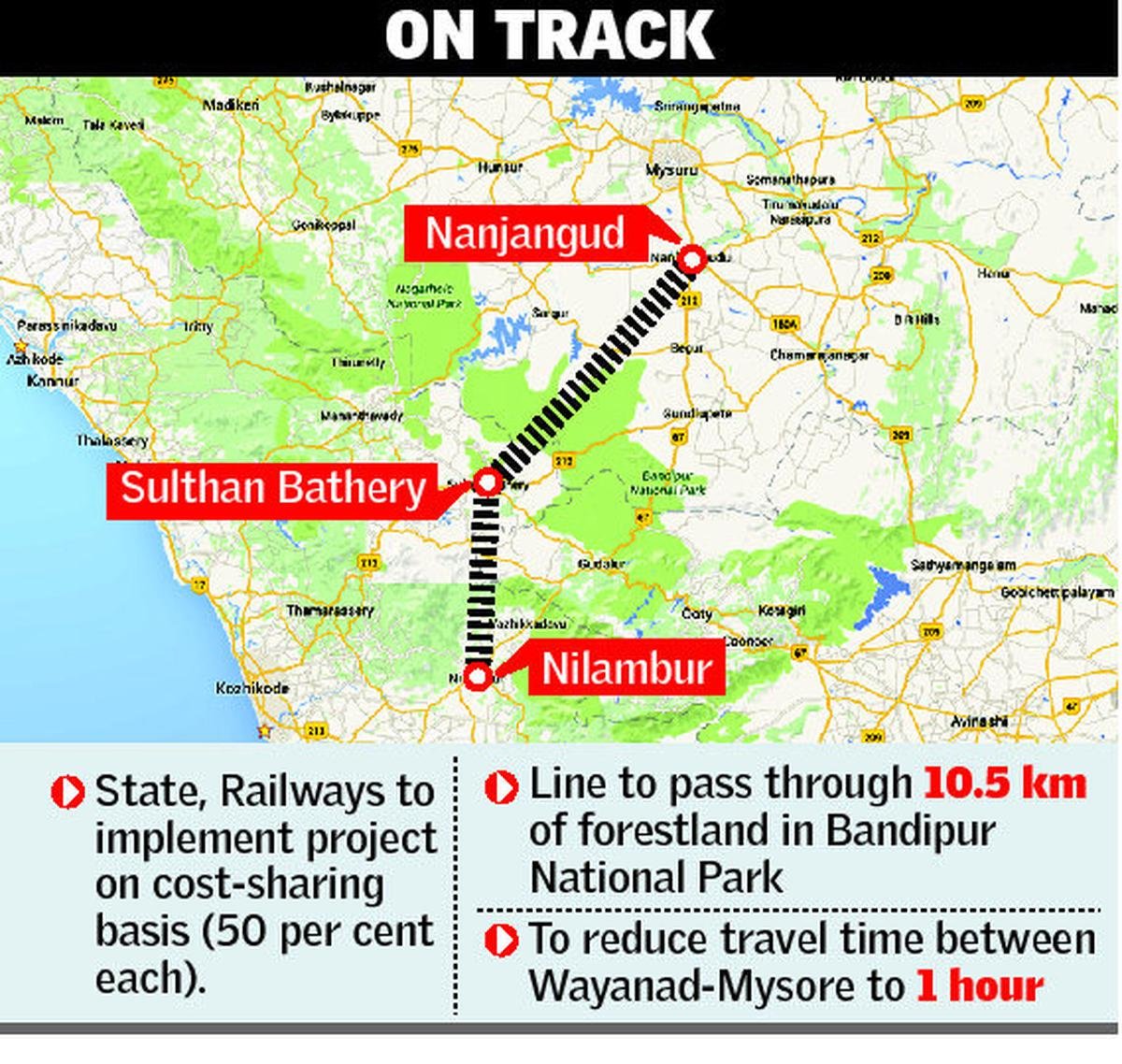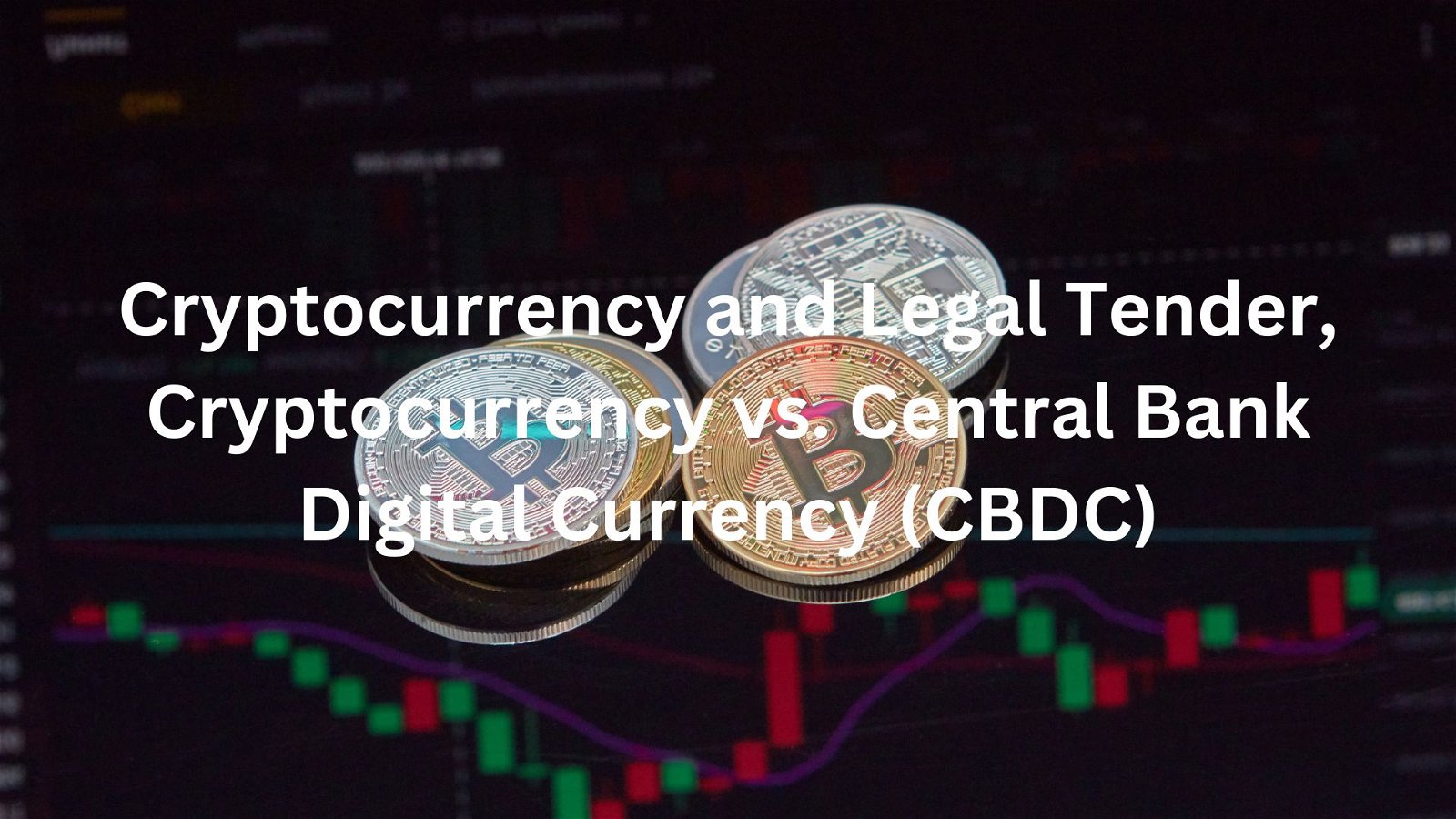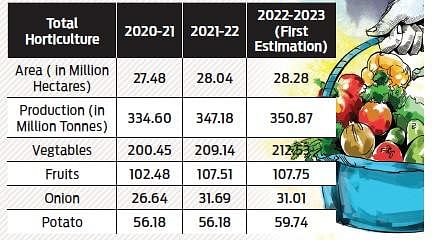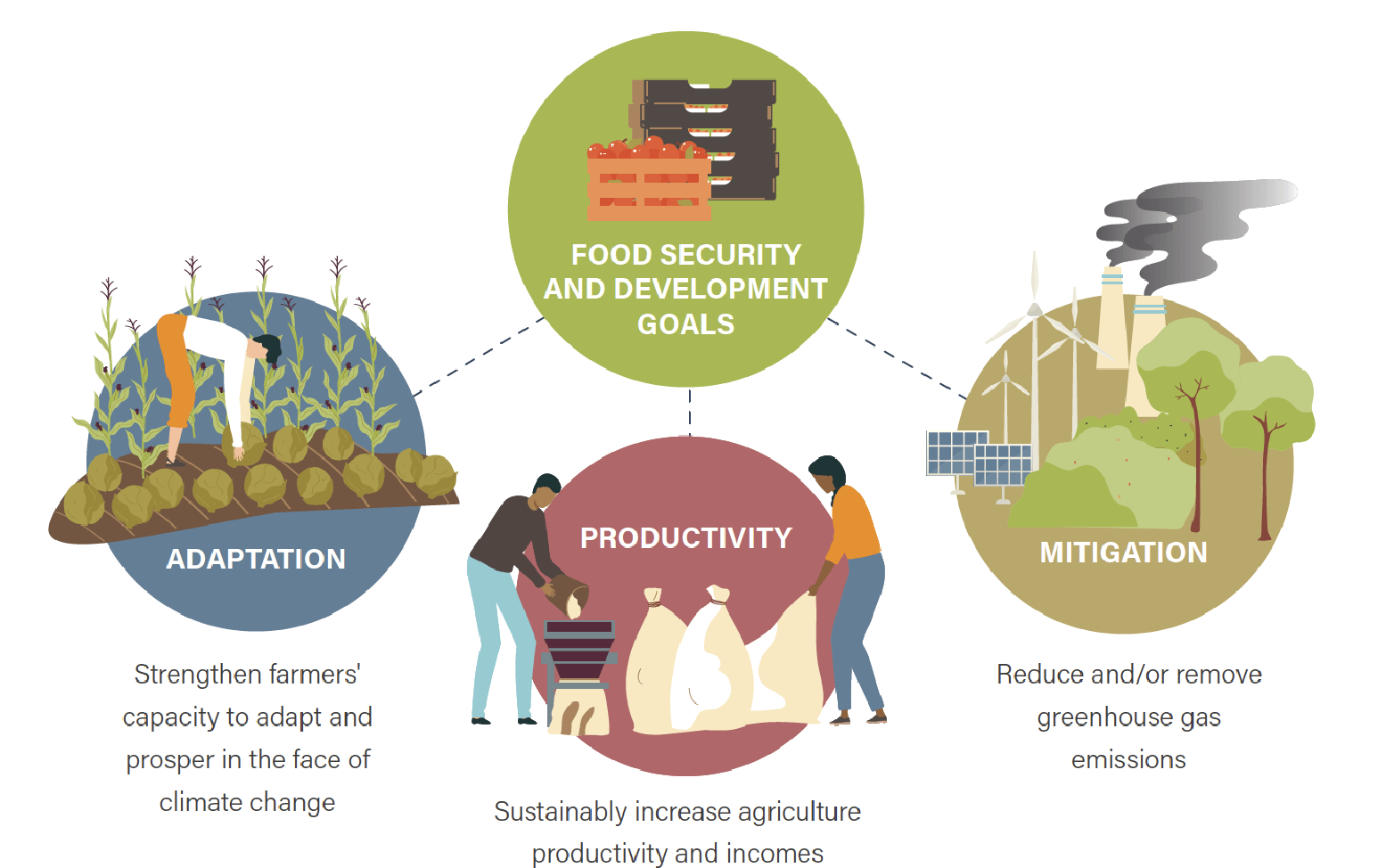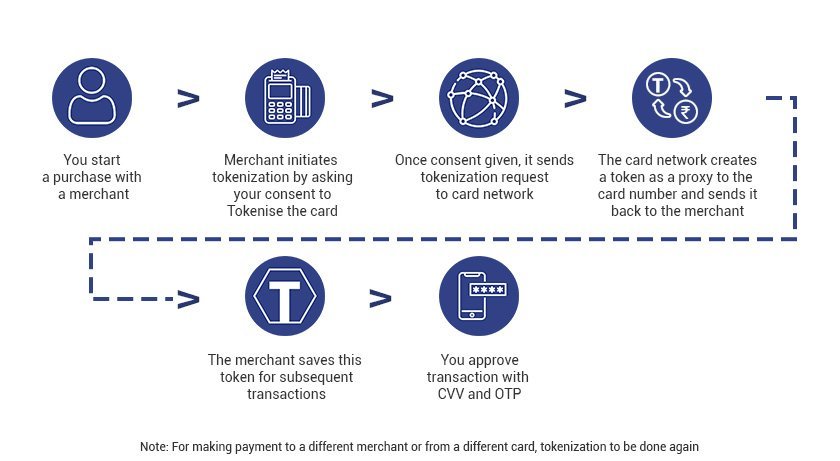
Agreement on Investment Facilitation for Development
Subscribers of "Current Affairs" course can Download Daily Current Affairs in PDF/DOC
Subscribe to Never Miss an Important Update! Assured Discounts on New Products!
Must Join PMF IAS Telegram Channel & PMF IAS History Telegram Channel
- Context (TH): India and South Africa block attempt to include ‘investment facilitation for development’ agreement at the WTO meeting.
- Investment facilitation for development at the WTO was launched in 2017 on a plurilateral basis by a group of developing and least-developed WTO members.
- The IFD agreement was finalised in November 2023.
- Today, around 120 of 166 WTO member countries (more than 70% of the membership) back the IFD agreement. This agreement aims to create legally binding provisions to facilitate investment flows.
- This most-favoured–nation-based, plurilateral agreement (PA) is open for all WTO members to join.
- Unlike multilateral agreements, PAs under the WTO are binding only on those members that have accepted them and do not create rights or impose obligations on the remaining members.
- Objective: To improve the investment climate and to promote international cooperation to facilitate the flow of foreign direct investment between WTO Members, particularly to developing and least developed country Members, with the aim of fostering sustainable development.
- The IFD Agreement focuses on foreign direct investment (FDI); it applies to FDI in all economic sectors.
- The agreement excludes market access, investment protection, investor-state dispute settlement (ISDS), government procurement, and certain subsidies.
Four pillars of the agreement
- Transparency of investment measures;
- Streamlining and speeding-up investment-related authorizations procedures;
- Enhancing international cooperation, information sharing, and the exchange of best practices;
- Sustainable investment.
Potential benefits of an Investment Facilitation Agreement
- Create clear and consistent global benchmarks for investment facilitation, thus ensuring that (minimum) common standards are applied across economies, reducing regulatory uncertainty, minimising transaction costs, and making it easier for investors to invest.
- Anchoring domestic investment facilitation reforms in shared international commitments decreases policy uncertainty, strengthens Members’ reform efforts, and sends a positive signal to investors.
- Providing a global forum to promote best investment facilitation practices, thus enhancing cross-border regulatory cooperation and improving information exchanges.
- Linking global investment facilitation reforms to Members’ ability to implement them, allowing developing and least-developed country Members to receive the technical assistance and capacity-building support they need to implement and benefit from the IFD Agreement.
India’s concerns with the agreement
- India and South Africa played a crucial role in not letting the IFD agreement become a part of the WTO rulebook.
- India’s principle concerns are:
- Question of whether investment can be part of the WTO.
- Process followed to make the IFD agreement a part of the WTO rulebook.
Question of whether investment can be part of the WTO
- On whether investment can be part of the WTO, India’s chief contention is that investment per se is not trade.
- In other words, investment could or could not result in cross-border trade. This argument contradicts the linkage between trade and investment.
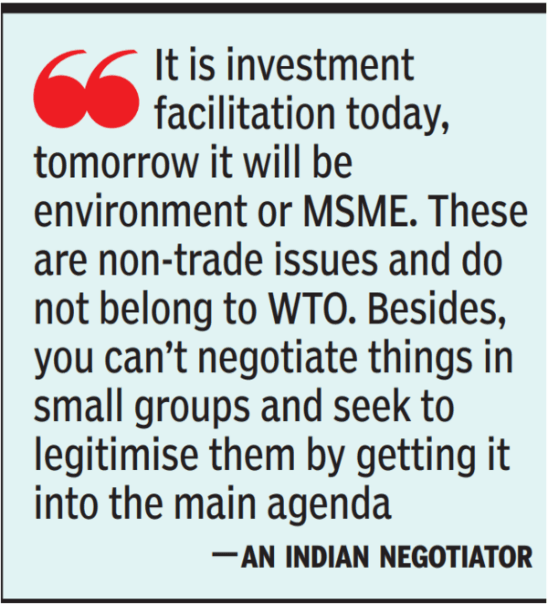
Process followed to make the IFD agreement a part of the WTO rulebook
- Regarding the process followed in negotiating the IFD Agreement, India’s foremost assertion is that there is no mandate to conduct negotiations on investment.
- India argued that in 2004, the WTO’s General Council decided that the talks on the relationship between trade and investment, one of the so-called ‘Singapore issues’ because it was introduced at the 1996 WTO Singapore ministerial conference, would not take place as part of the Doha round of negotiations launched in 2001.
- India also referred to the 2015 WTO Nairobi ministerial decision, which states that “any decision to launch negotiations multilaterally on [new] issues would need to be agreed by all members.”
- According to the Marrakesh Agreement, a new plurilateral agreement can only be adopted through ‘Annexure 4’ rules, meaning by explicit consensus of all WTO Members.
- Since all countries never agreed to launch negotiations on an IFD Agreement, according to India, IFD negotiations and the subsequent text that came up for adoption are illegal. The reasons for this contention are:
- The proposed IFDA doesn’t qualify as a ‘trade agreement’ under Article X.9 of the 1994 Marrakesh Agreement. This is because IFDA does not include any substantive provisions related to trade, rendering it ineligible for inclusion as a ‘trade agreement’.
- Only WTO members who had fulfilled their domestic procedures to sign, ratify, and enforce the IFDA could submit a request for its inclusion.
- As the IFDA had not yet entered into force for even a single party, the request to add it to the WTO was ultra vires. Such a request could be made only after the IFDA enters into force and not before that.
- Negotiations on the IFDA were initiated without a multilateral mandate.
- This was contrary to the WTO’s long-held practice of making decisions by consensus and prevented members from examining whether issues related to investment facilitation were trade-related or not.





![PMF IAS Environment for UPSC 2022-23 [paperback] PMF IAS [Nov 30, 2021]…](https://pmfias.b-cdn.net/wp-content/uploads/2024/04/pmfiasenvironmentforupsc2022-23paperbackpmfiasnov302021.jpg)
